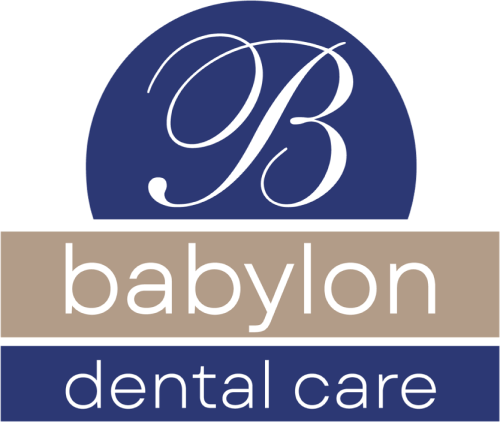The tongue is a unique and fascinating organ that can tell us a lot about our oral health. One of the most noticeable aspects of the tongue is its color. A healthy tongue typically has a pinkish hue, but color variations can indicate different oral health issues. By paying attention to the color of your tongue, you can gain valuable insights into the state of your dental hygiene and identify potential problems early on.
A pink tongue is a sign of good oral health. This color indicates that your tongue is well-hydrated and the papillae (the tiny bumps on the surface) are intact. The pinkish hue comes from the blood vessels underneath the tongue’s surface, which supply oxygen and nutrients to the cells. When your tongue appears pink and moist, it suggests that your oral hygiene habits are effective and your mouth is free from harmful bacteria and debris.
A white coating on the tongue can have several causes, but it’s often related to poor oral hygiene. When you don’t brush and floss regularly, bacteria and debris can accumulate on the tongue’s surface, leading to a white or yellowish appearance. This buildup can also cause bad breath and an increased risk of tooth decay and gum disease.
A red tongue can indicate underlying nutritional deficiencies, particularly those involving B vitamins and iron. These micronutrients play an essential role in maintaining healthy oral tissues. Deficiencies can lead to inflammation and sensitivity of the tongue. Additionally, a red tongue may indicate glossitis, a more serious condition characterized by inflammation and swelling of the tongue.
A red tongue with a white coating can be a warning sign for scarlet fever, a bacterial infection that loves kids. This infection comes on strong with a high fever, sore throat, and a red tongue that develops a white coating. Scarlet fever needs immediate treatment with antibiotics to avoid more serious problems.
A black or brown tongue is another color variation that can be alarming. However, it is not always cause for concern. Certain foods, drinks, or medications that contain pigments can stain the tongue’s surface. For example, drinking coffee, tea, or red wine can leave a temporary brownish tint on the tongue. Smoking tobacco can also cause the tongue to appear brown or black due to the buildup of tar and nicotine.
In rare cases, it may indicate a more serious condition called black hairy tongue. This condition occurs when the papillae on the tongue become elongated and trap bacteria and debris, giving the tongue a dark, furry appearance. Black hairy tongue is typically a benign condition readily managed through improved oral hygiene. This includes incorporating both regular tooth brushing and tongue scraping into your routine.
Babylon Dental Care prioritizes optimal oral health for our patients. Have you noticed a troubling change in your tongue’s color? Experiencing any other oral health concerns? Don’t hesitate to schedule an appointment! We’ll give your mouth a thorough checkup, talk through your symptoms, and recommend the best course of action to keep your smile healthy and happy.
